Red Spider Mites Identification And Treatment: ‘Prevention Is Easier Than The Cure’


Ed is a horticultural therapist, professional gardener and writer. Ed has a BSc in Occupational Therapy from Coventry University and a Diploma in Social and Therapeutic Horticulture (DipSTH) via Thive, the RHS and Pershore College. Ed runs a community kitchen garden in West Sussex, where he leads horticultural therapy sessions.
Reviewed By DAN ORI

Dan has over 27 years’ under his belt caring for plants and gardens. Working as a Horticultural Instructor and Consultant, he draws on a diverse range of experience that includes working as a Head Gardener, Tree Surgeon, Garden Centre Trouble Shooter, and writer of academic papers. Dan has a Level 3 Diploma in Horticulture and is currently a candidate for the RHS’s most prestigious award – The Master of Horticulture.
Red spider mites can be a real problem for gardeners.
Even though they are tiny, they can multiply rapidly and do some considerable damage to plants, especially those grown undercover.
However, having red spider mites on your plants isn’t necessarily the end of them, as there are some ways to help prevent them in the first place and control them if they are present.
What Are Spider Mites?
Tetranychus urticae, or the red spider mite as they are more commonly known, are a type of arachnid.1Tetranychus urticae. (2018, January 1). Science Direct. https://doi.org/10.1016/b978-0-12-802441-6.00014-0
Being less than 1mm in size, they are very hard to see and often can only be identified with the use of a magnifying glass, so it is very common to only realise that they are present after the damage has been done, or when there is a serious infestation.
Red spider mites feed off the sap of plants and like warm, dry conditions.

They are most commonly found in the greenhouse or on houseplants, or occasionally outdoors during the warmer months.
Strangely enough, the red spider mite is not red all of the time.
They actually start off either light green or yellow and only turn red in the autumn as the temperatures drop and the daylight hours diminish.2Cranshaw, W., & Sclar, D. (2016, May 19). Spider Mites. Colorado State University. Retrieved March 23, 2023, from https://extension.colostate.edu/topic-areas/insects/spider-mites-5-507/
Under magnification, two darker markings can be seen towards the head, giving them their other name – two-spotted spider mite.
Susceptible Plants
Red spider mites aren’t fussy when it comes to feeding.
They like to feast on fruit, vegetables and ornamental plants, including tomatoes, peppers, cucumbers, strawberries, pelargoniums and poinsettias, amongst many others.
Preferring a minimum temperature of 10-12°C, red spider mites usually appear in spring and adore warm and dry conditions, which is why indoor plants are so often targeted.

However, if the temperature rises above 25°C, this is when they can really multiply, potentially doubling their population within only days.
Due to their liking of a warm environment, red spider mites become less of a threat as the temperatures drop in autumn.
However, if growing under artificial lights or in a heated greenhouse, they can be a constant and year-round threat.
“With spider mites, prevention is certainly easier than cure, so good ventilation and watering can make all the difference in discouraging colonies from taking hold,” shares Horticulturist Consultant Dan Ori.
“When buying or receiving new plants, give them a good check all over before you bring them into your home or garden. You may not spot a few mites, but you should be able to spot a pot riddled with them.”
How To Know If Your Plants Are Affected
Being so small, red spider mites are often hard to spot, especially due to the fact that they tend to feed and hide underneath the leaves.
Often, the first sign of red spider mites being present is a pale mottling to the upper side of the foliage.
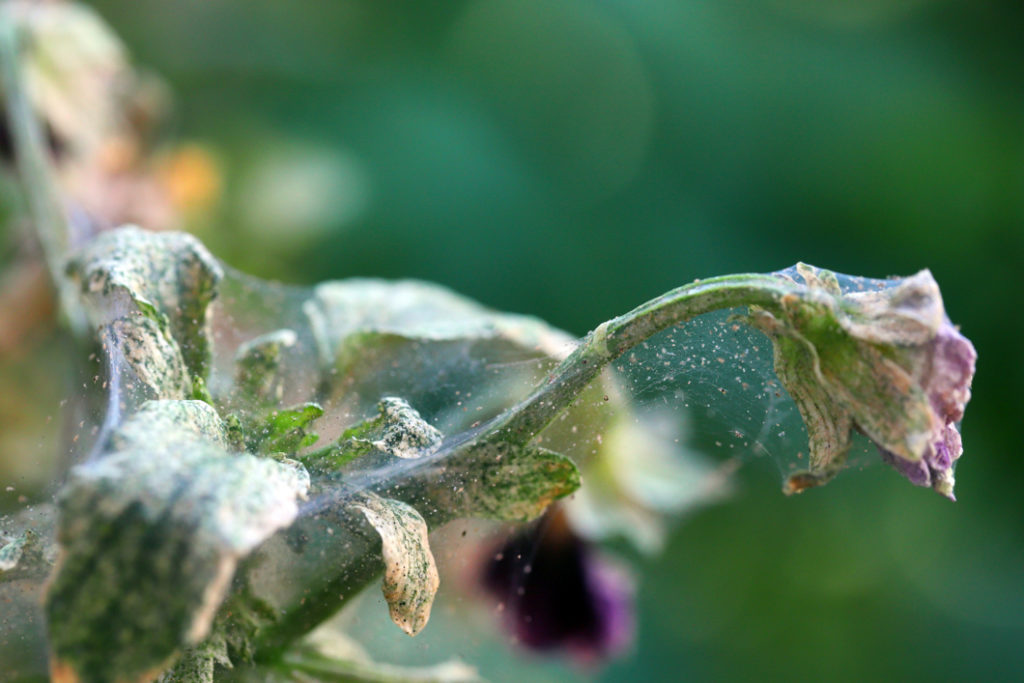
Under the leaves, the young green or yellow mites can be seen, along with a shed of their white skin.
As an infestation takes hold, silk webbing can be seen on the plant and the foliage can lose its green colour and drop prematurely, potentially leading to the demise of the plant.
Treatment Measures
With red spider mites, it is far easier to control a small number than a large infestation.
Hence, it is wise to check any indoor or greenhouse plants from spring onwards as the temperatures begin to warm up.
I’d recommend, when considering control methods, starting with the least potentially harmful option, before moving on to a pesticidal approach.
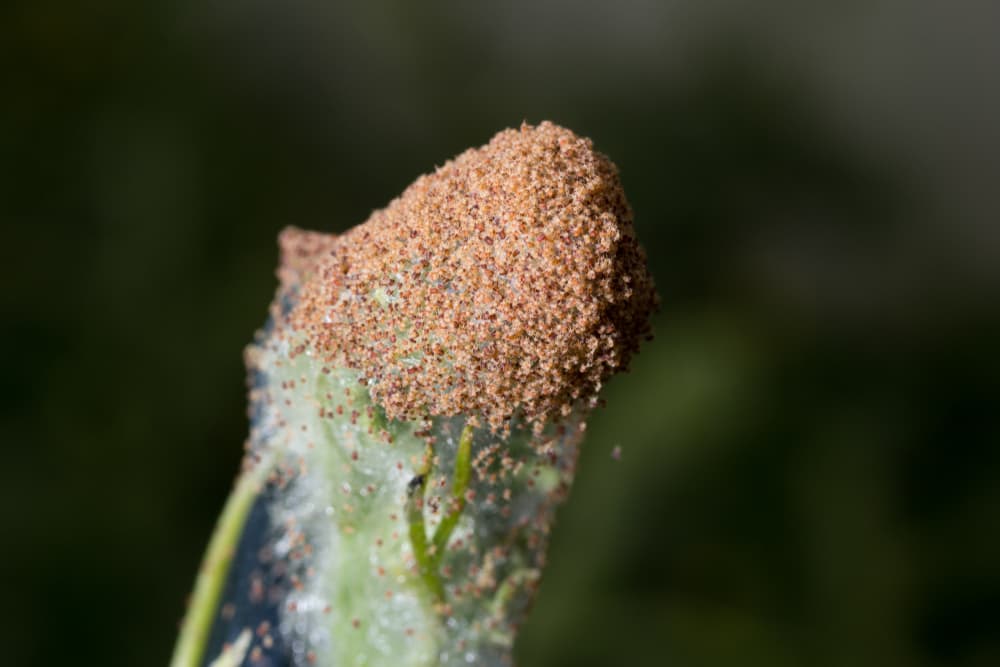
Once even a small red spider mite infestation is present it can be difficult to bring under control, to the point where some gardeners count their losses and dispose of the infected plants immediately.
However, there are some measures that can help prevent an infestation in the first place and control one if present.
1) Non-Pesticidal Control Measures
Plants grown inside in hot, dry and overcrowded environments tend to be more prone to attracting red spider mites.
This risk can be reduced by making sure there is adequate airflow around the plants and by increasing humidity.
In a greenhouse, this can be achieved by damping down the floor, which will increase humidity levels and also reduce the temperatures, and opening the windows and doors to increase air circulation.
With houseplants, a misting or spray bottle containing water can be used to increase humidity levels or you can move them to a more humid environment, such as a kitchen or bathroom.
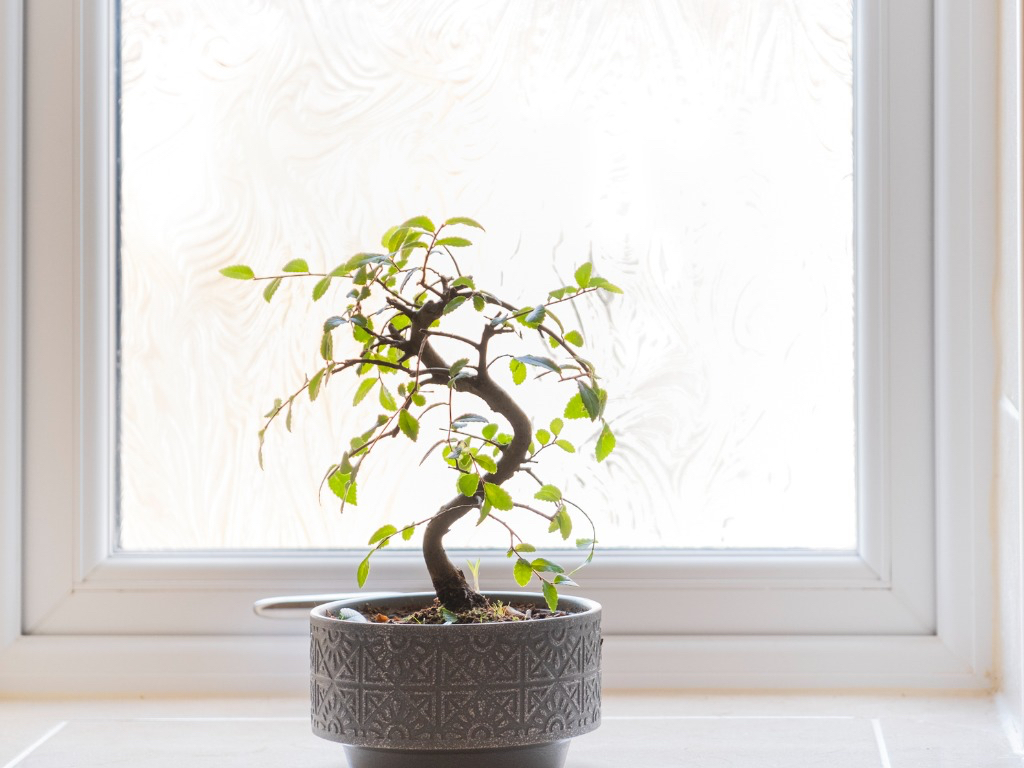
If possible, infested plants should be moved outdoors as soon as red spider mites are spotted.
This will not only potentially help reduce the infestation and prevent it from spreading but hinder the red spider mites from overwintering inside a greenhouse or indoors.
Cleaning out and disinfecting greenhouses at the end of the season is always recommended, but especially so with red spider mite present, as this will help prevent any pests from harbouring in nooks or crannies or under staging during the colder months.
2) Biological Control Measures
If the cultural measures above do not reduce infestations to an acceptable level, then biological measures can be considered.
Biological measures can include introducing predators to the affected plants.
Biological measures do not work for every problem, but can prove very effective and have the added bonus of not being detrimental to the plants and not leaving harmful residues or damaging other living creatures.
There are now a number of biological controls available online, which are approved for use against red spider mites and include the rove beetle (Atheta coriaria), a predatory midge (Feltiella acarisuga) and other predatory mites (Phytoseiulus persimilis).3Biological control of spider mites. (n.d.). Biobest. Retrieved March 23, 2023, from https://www.biobestgroup.com/en/biobest/pests-and-diseases/spider-mites-4967/
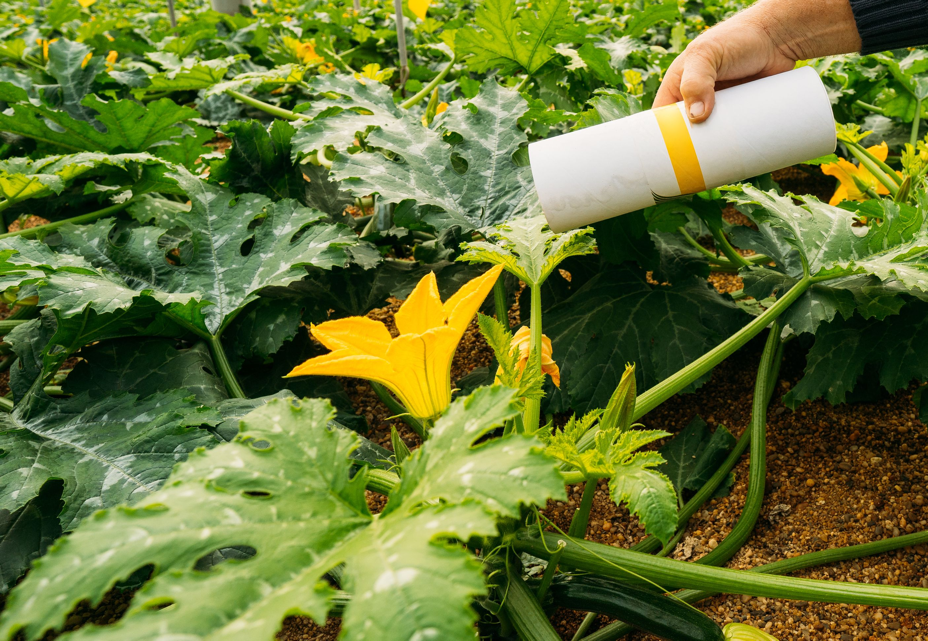
Biological controls can take time to work and so it is best to apply them as soon as red spider mites are spotted and before an infestation can take hold.
Using predators usually requires certain temperatures and conditions for their application to prove most effective, so it is well worth adhering to their instructions to maximise their potential effect.
Biological controls cannot be used at the same tide as pesticides, as the pesticides can interfere with the biological process.
However, it is possible to use certain plant oils and fatty acids up until the conditions are right for a biological control application to be used effectively.4Takeda, N., Takata, A., Arai, Y., Sasaya, K., Noyama, S., Wakisaka, S., Ghazy, N. A., Voigt, D., & Suzuki, T. (2020). A vegetable oil–based biopesticide with ovicidal activity against the two‐spotted spider mite, Tetranychus urticae Koch. Engineering in Life Sciences, 20(11), 525–534. https://doi.org/10.1002/elsc.202000042
3) Pesticidal Control Measures
Pesticidal measures can include the use of organic sprays, plant invigorators, fumigants and insecticides.
Organic sprays, such as those containing plant oils or fatty acids can be effective at controlling red spider mites.
However, these measures often have a short window of action and may need to be reapplied frequently as per their instructions.
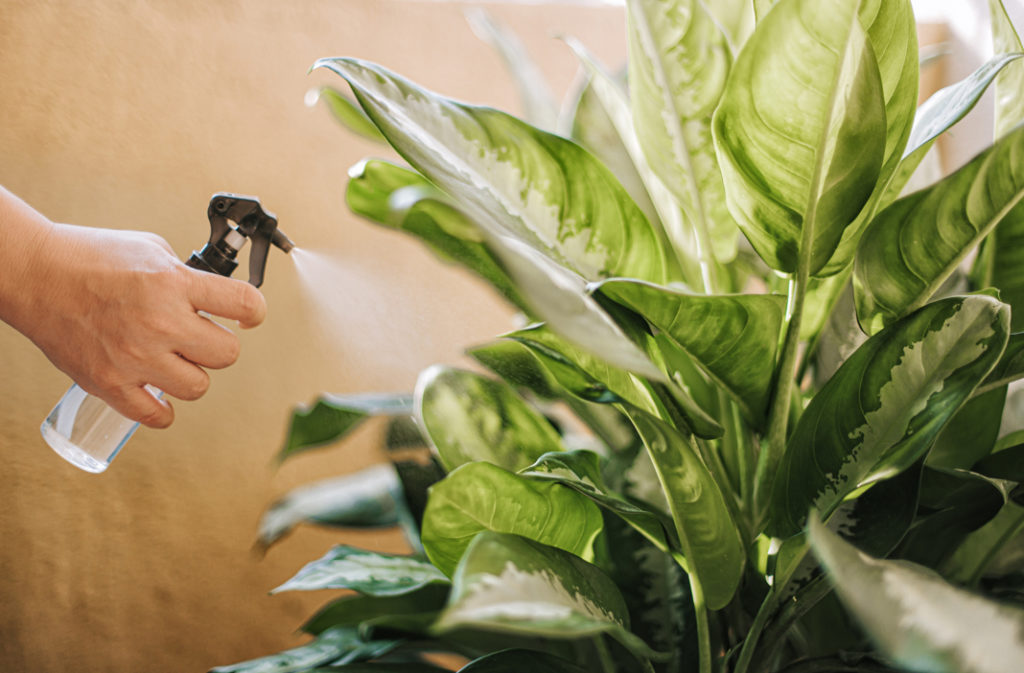
Plant invigorators are not considered to be an organic method and combine both plant nutrients to stimulate growth, along with fatty acids to control red spider mites.
Fumigants can also be used in greenhouses and glasshouses and can prove to be effective against red spider mites.
Organic fumigants are now available and can be used with the plants left in situ, thankfully removing the tedious process of emptying all of the plants before application.
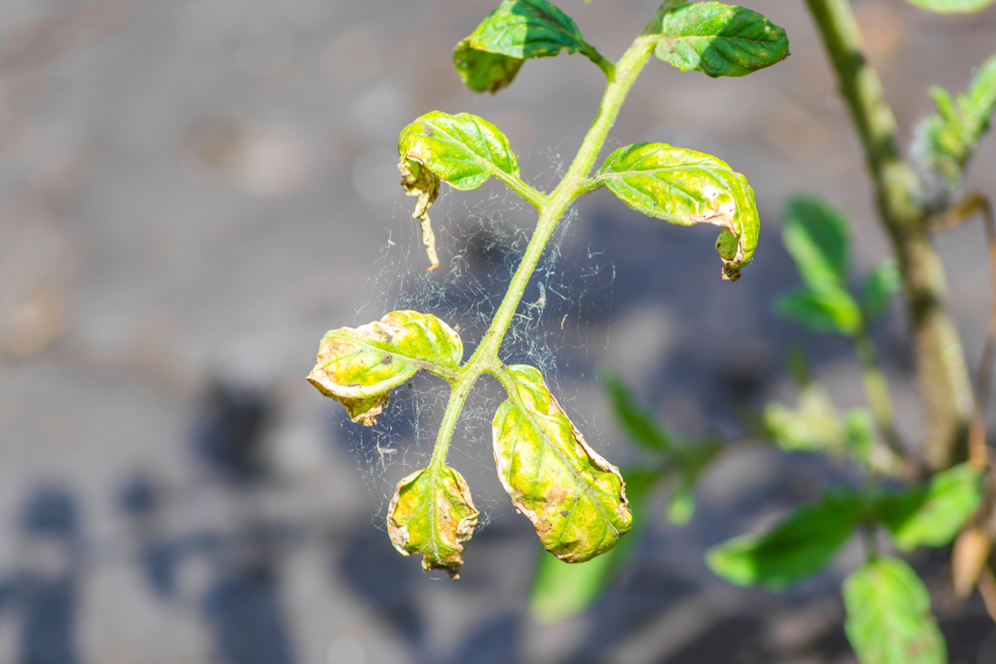
As a last resort and when other control measures have failed, using a contact or systemic insecticide may be worth consideration.
However, not all insecticides can be used safely on edible plants, so it is certainly worth checking before use, depending on what the red spider mites are feeding on.
I would, however, not recommend using insecticides on plants that are in flower, to prevent any harm to pollinators.
References
- 1Tetranychus urticae. (2018, January 1). Science Direct. https://doi.org/10.1016/b978-0-12-802441-6.00014-0
- 2Cranshaw, W., & Sclar, D. (2016, May 19). Spider Mites. Colorado State University. Retrieved March 23, 2023, from https://extension.colostate.edu/topic-areas/insects/spider-mites-5-507/
- 3Biological control of spider mites. (n.d.). Biobest. Retrieved March 23, 2023, from https://www.biobestgroup.com/en/biobest/pests-and-diseases/spider-mites-4967/
- 4Takeda, N., Takata, A., Arai, Y., Sasaya, K., Noyama, S., Wakisaka, S., Ghazy, N. A., Voigt, D., & Suzuki, T. (2020). A vegetable oil–based biopesticide with ovicidal activity against the two‐spotted spider mite, Tetranychus urticae Koch. Engineering in Life Sciences, 20(11), 525–534. https://doi.org/10.1002/elsc.202000042
